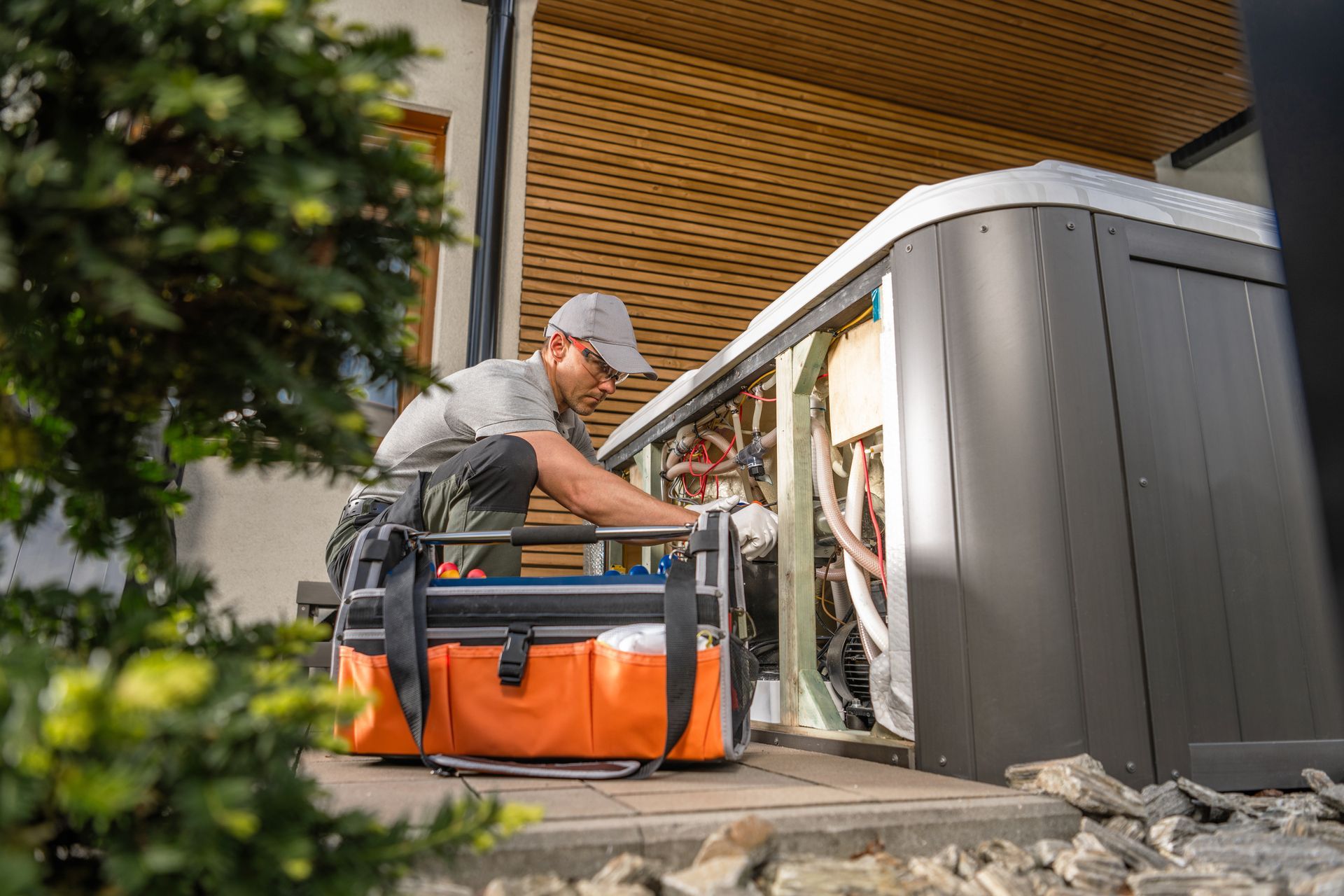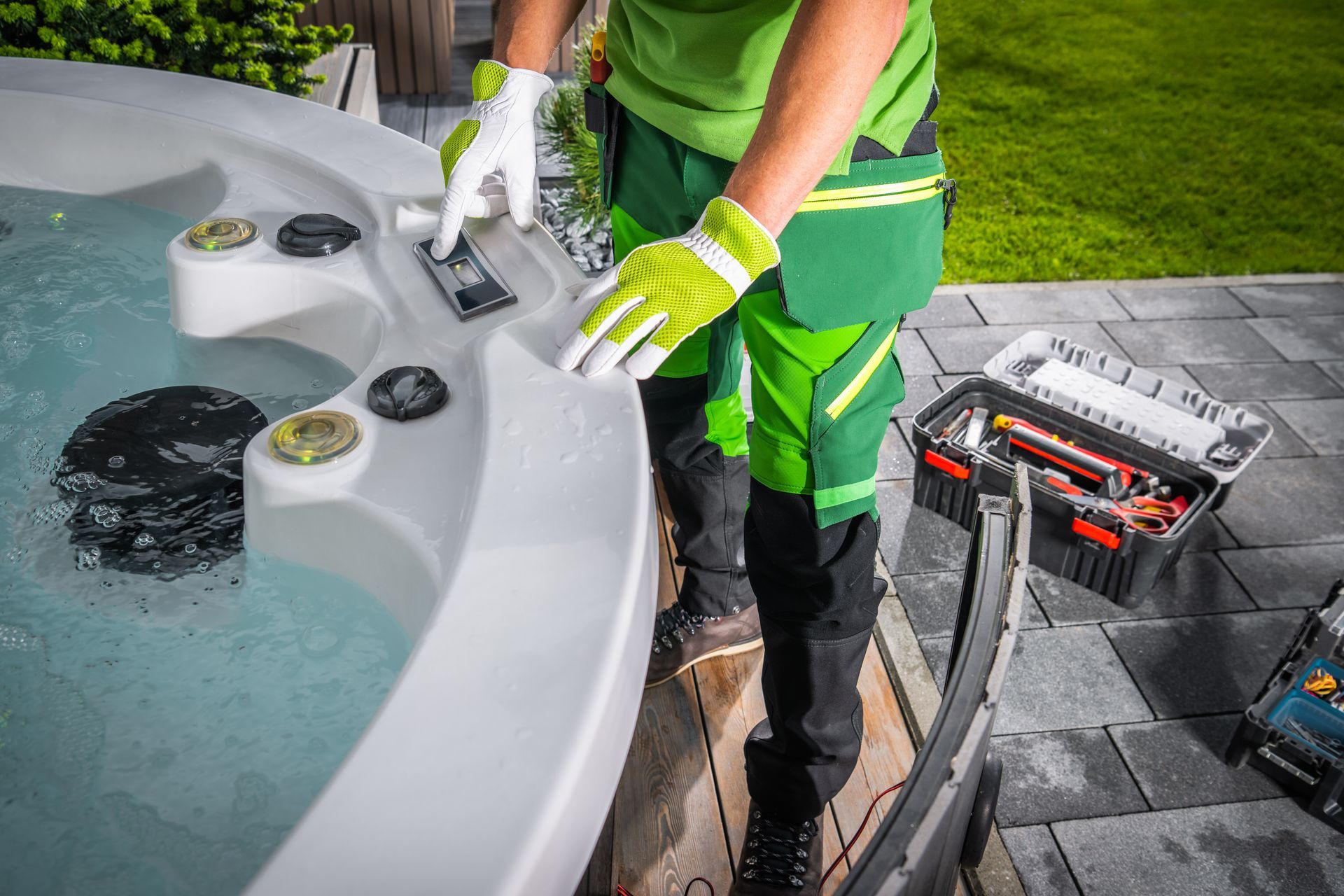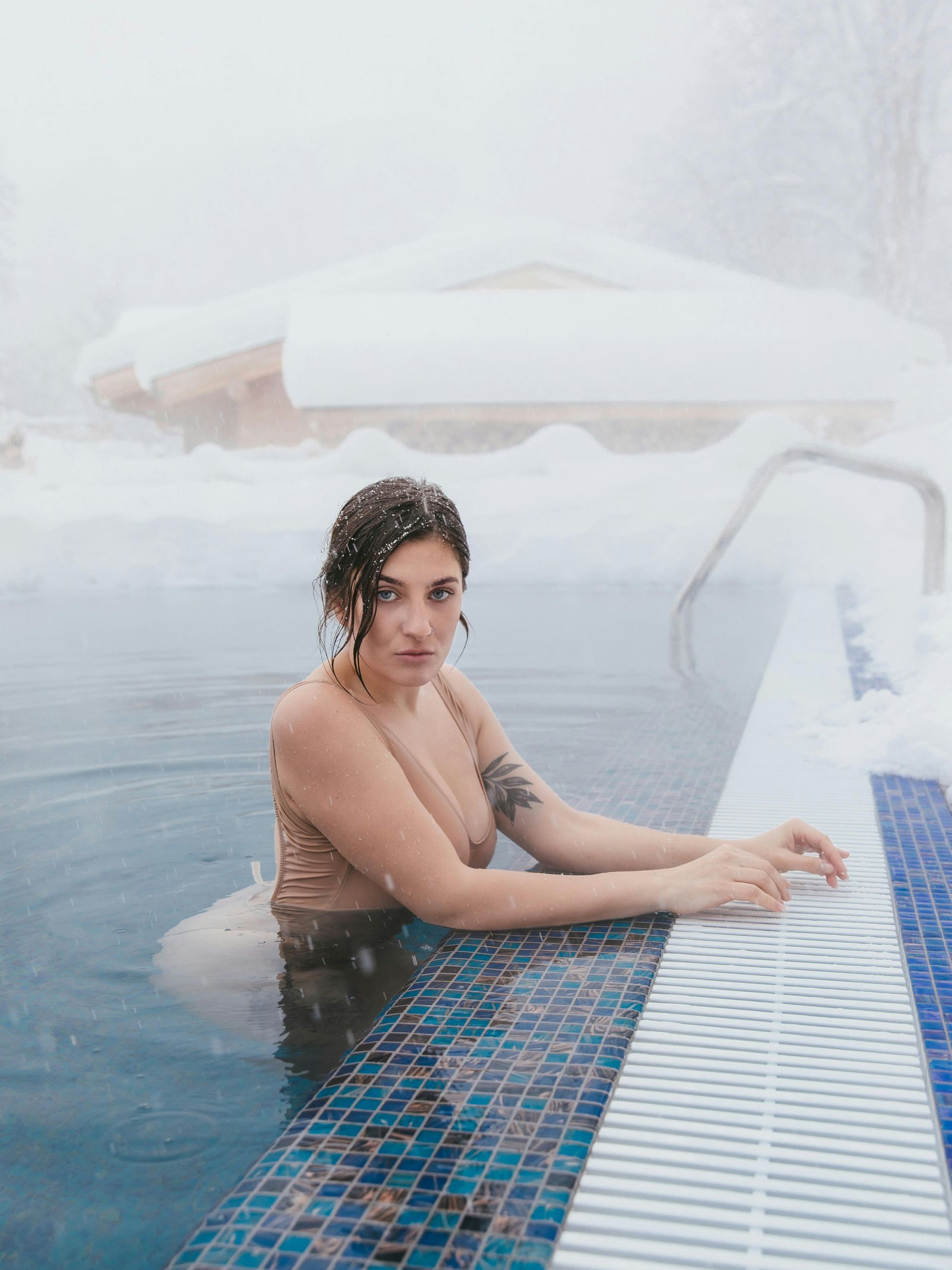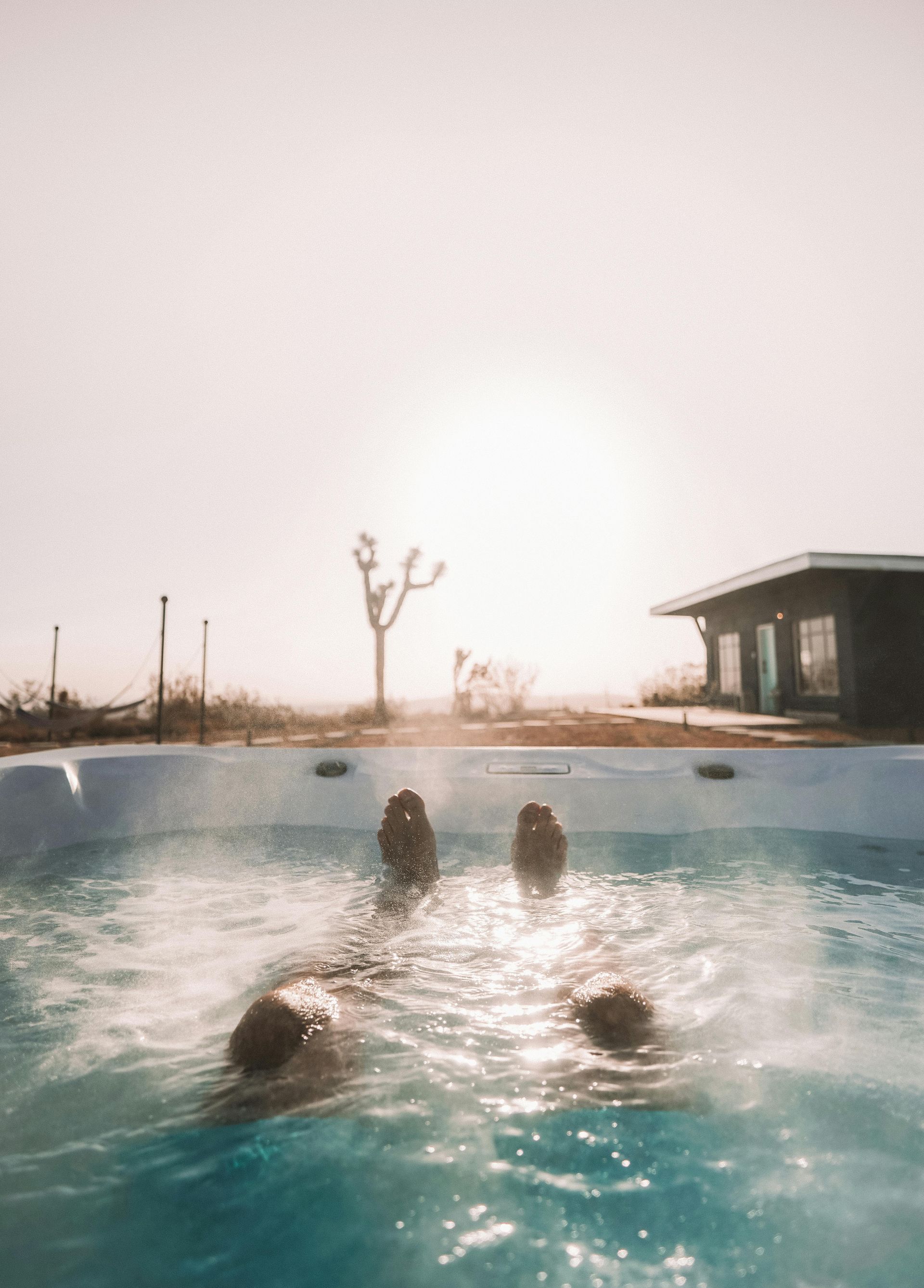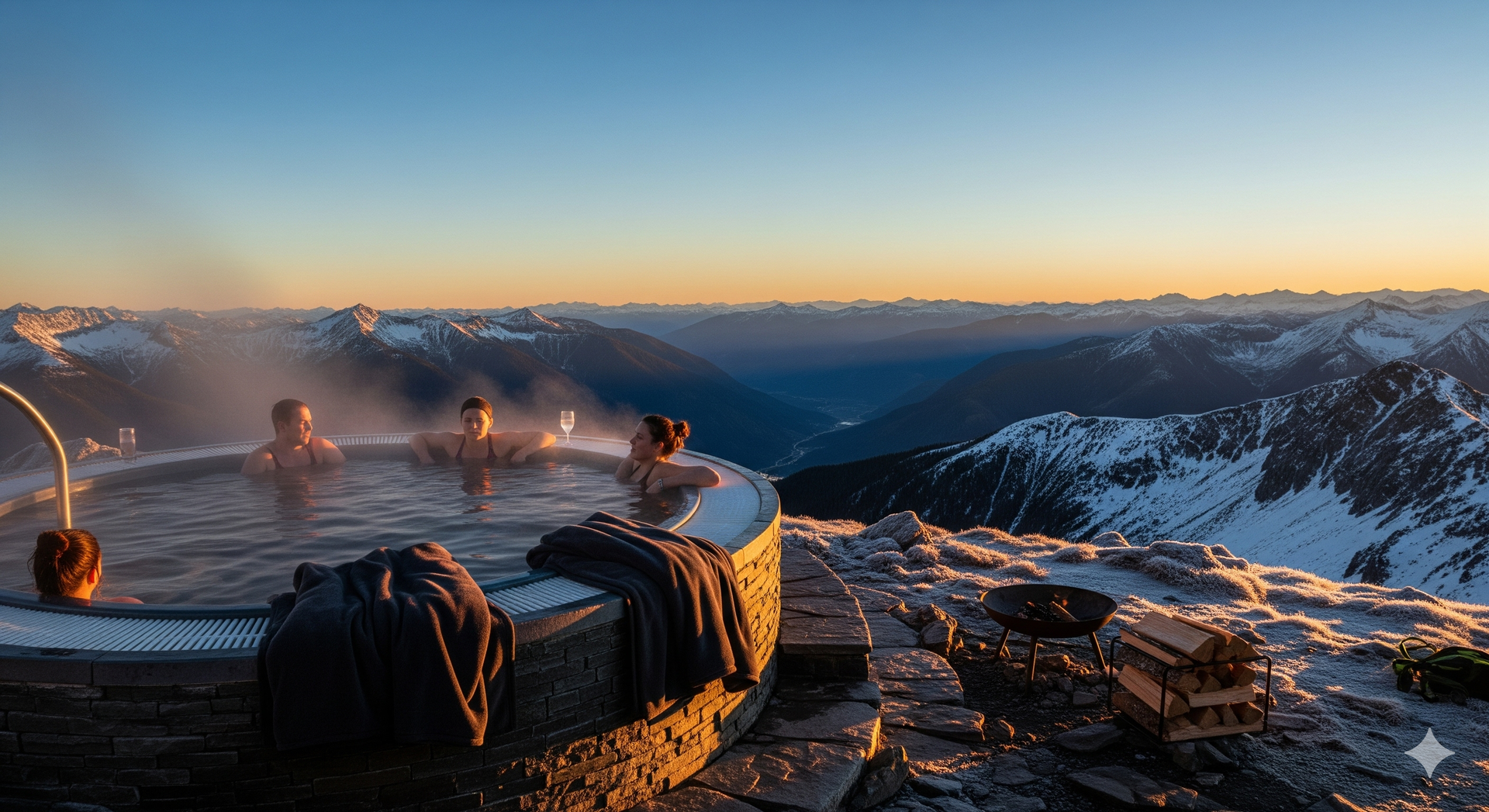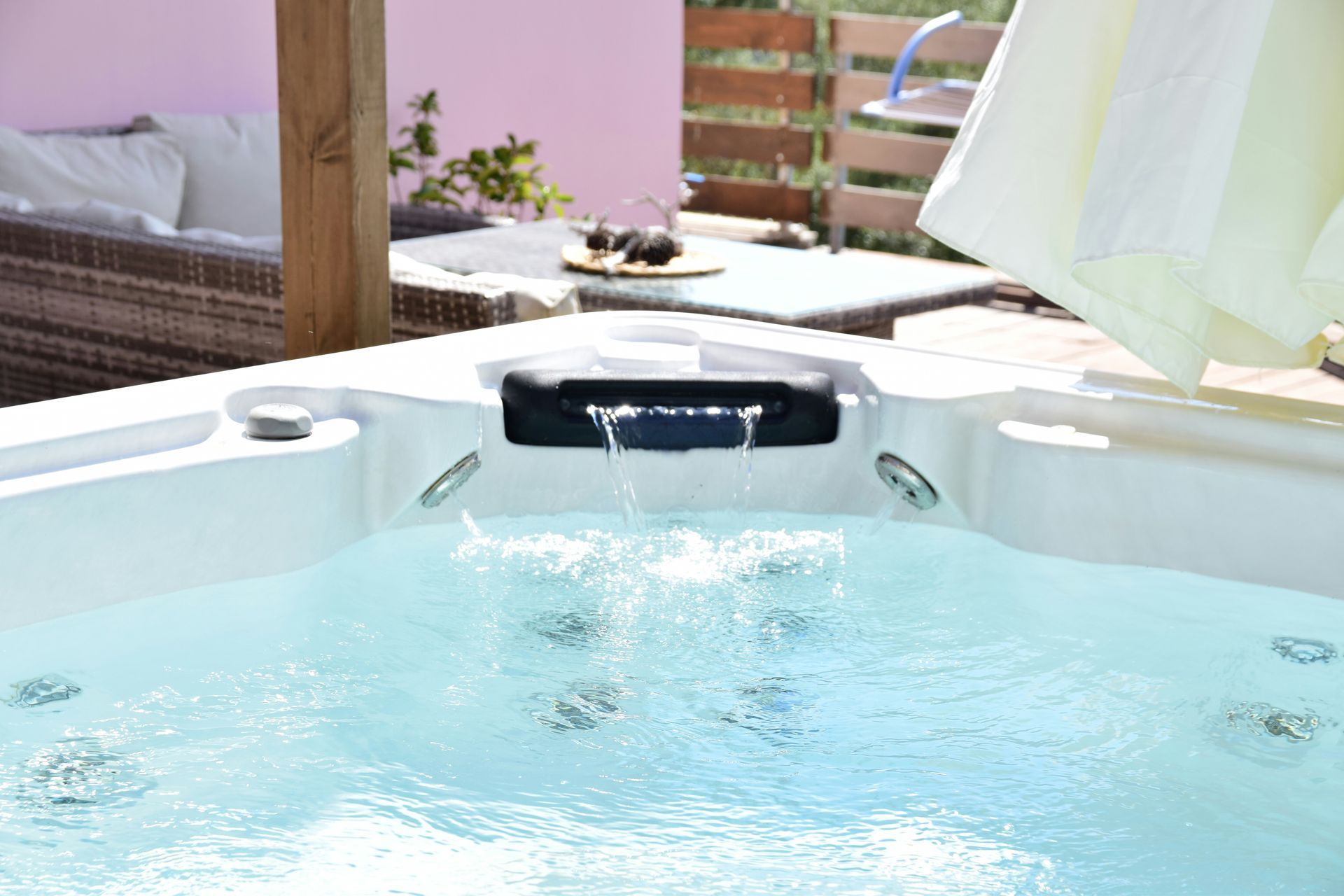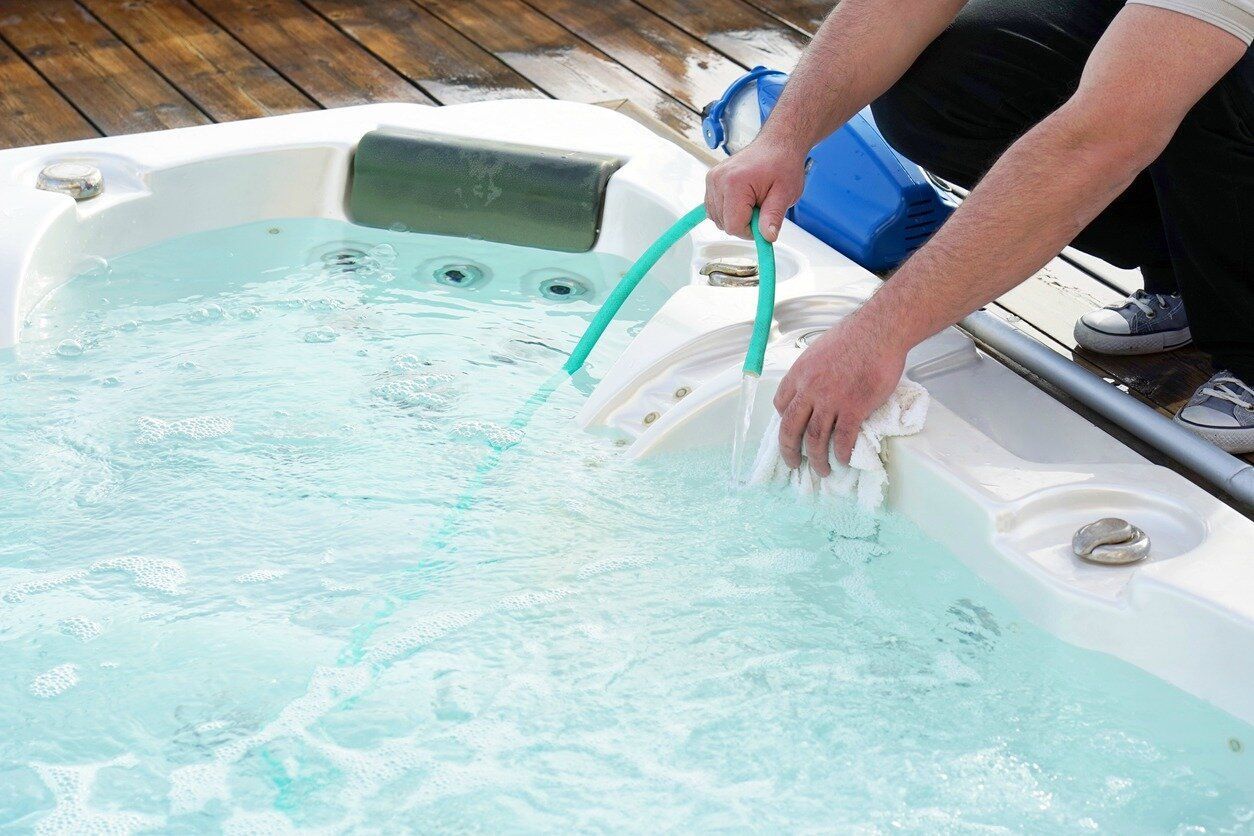Why Your Mountain Home Needs a Proper Spa Maintenance Plan
A solid spa maintenance plan is essential when living in the mountains. The combination of hard water and cold temperatures can do serious damage to your spa’s pipes, jets, and internal systems. Without regular care, your water can become cloudy, and your equipment may struggle to function properly.
Routine cleaning, water treatment, and freeze protection go a long way in keeping your spa in good working order. They help you avoid costly repairs and extend the life of your system. If damage does occur, reliable hot tub repair services can get things back on track quickly. Staying consistent with maintenance lets you catch small problems early before they become bigger and more expensive. And if you're wondering whether your area is covered, you can check Summit’s full service area list for support near your mountain home.
Key Takeaways
- Mountain climates require freeze protection to prevent cracked pipes and equipment damage during cold weather.
- Mineral-rich hard water common in mountain areas causes buildup, needing regular water chemistry balancing and cleaning.
- Seasonal debris like leaves and pine needles accumulate faster, necessitating frequent cleaning and maintenance.
- Proper insulation and circulation prevent water freezing, ensuring spa functionality and comfort year-round.
- Professional maintenance helps detect hidden issues early, saving time, effort, and costly repairs for mountain spa owners.
Understanding the Impact of Hard Water on Your Mountain Spa
Mountain water might taste crisp and fresh, but it often contains high levels of minerals like calcium and magnesium. These minerals, known as hard water, can gradually collect inside your spa’s plumbing and on its surfaces. Over time, this buildup can affect water clarity and make your equipment work harder than it should.
You’ll notice mineral deposits forming around jets, filters, and the waterline, which can lead to clogs and reduce overall performance. In the long run, this can shorten the lifespan of your spa’s components. For those considering a system upgrade to help reduce wear from hard water, it may be worth exploring new hot tubs in Breckenridge with more advanced filtration and water care features.
Seasonal Challenges for Spa Maintenance in Mountain Climates
Mountain climates bring unique maintenance demands, especially as the seasons shift. From cold snaps to falling leaves, you’ll need a flexible routine to protect your spa year-round.
Winter Freeze Protection
Mountain winters can be brutal on your spa. When temperatures drop below freezing, any standing water inside pipes or pumps is at risk of turning to ice. If that happens, the expanding ice can crack the plumbing, damage internal parts, and leave you with expensive repairs.
Insulating your spa is a must. Wrap pipes with foam insulation or heat tape to help retain warmth. Consider adding extra insulation to the spa’s cabinet and base to prevent cold air from creeping in. Keeping your water circulating is also important—this prevents freezing and keeps your system running smoothly, even in extreme cold. If you plan to leave your spa unused during the winter, drain it completely or use a spa-safe antifreeze in the plumbing. You can learn more about how freezing temperatures affect performance in this helpful guide on cold weather and hot tub performance in Summit County. Taking the right precautions protects your investment from winter damage.
Debris Management Strategies
Living in the mountains means you’re surrounded by nature—and that nature often ends up in your spa. Leaves, pine needles, dirt, and insects can quickly clog filters and make the water uninviting.
Keeping your spa covered when not in use is your first line of defense. Choose a tight-fitting, insulated hot tub cover that keeps out debris and maintains heat. Clean the cover regularly to prevent buildup. Skim the water surface every few days to remove anything that has blown in. Clean or rinse your filters weekly, and schedule deep cleans monthly to keep the system clear. If you prefer not to handle all of this on your own, setting up routine hot tub service can keep things running smoothly year-round. These small steps go a long way toward keeping your spa clean and relaxing throughout the year.
Water Chemistry Adjustments
Even if you’re great at keeping debris out of your spa, tricky water chemistry can still sneak up on you in the mountains. The chilly air and changing seasons mess with your water balance, so regular chemical testing is a must. You want your spa water to feel just right—neither too harsh nor too soft. Here’s a quick cheat sheet to keep things in check:
| Factor | What to Watch For |
|---|---|
| pH Level | Keep between 7.2 - 7.8 |
| Alkalinity | Aim for 80 - 120 ppm |
| Calcium Hardness | Stay around 150 - 250 ppm |
| Sanitizer Level | Follow product instructions |
Essential Cleaning and Water Treatment Practices
Maintaining clean water isn’t just about looks—it’s also about keeping your spa healthy and functioning. A few simple habits make all the difference.
Regular Filter Cleaning
Filters are your spa’s first defense against dirt, oils, and debris. Over time, they collect a lot and need regular attention to stay effective. Depending on the type of filter you have—cartridge, sand, or diatomaceous earth—you’ll need to clean them every 2 to 4 weeks.
Start by carefully removing the filter. Rinse it thoroughly with a garden hose, aiming between the pleats if it’s a cartridge filter. Once a month, soak it in a spa filter cleaner to break down oils and residue. Let it dry completely before reinstalling. Staying on schedule helps keep your water clear and reduces strain on your equipment.
Balanced Water Chemistry
Good water chemistry prevents corrosion, scaling, cloudy water, and skin irritation. In mountain areas, where mineral-rich water is common, regular testing is a must.
Test your spa water at least once a week. Keep the pH between 7.2 and 7.8 and maintain the proper levels of sanitizer, alkalinity, and calcium hardness. Use chemicals designed for spas and adjust gradually to avoid overcorrection. Balanced water not only feels better on your skin but also helps your spa last longer by protecting internal parts from buildup or corrosion.
Protecting Spa Equipment From Cold Weather Damage
Cold weather doesn’t just affect the water—it can damage the entire system if you're not prepared. Spa components like pumps and heaters are sensitive to freezing temperatures. Keep your water circulating consistently by running your spa’s pump on a timer or low-speed setting during cold months. This movement prevents stagnant water from freezing inside pipes. Cover your spa with a high-quality, insulated lid to trap heat. If you plan to shut down the spa for the season, add spa-safe antifreeze to the pipes and drain the system fully. These preventative steps reduce the risk of cold-weather damage and costly repairs.
Scheduling Regular Inspections and Repairs
Regular spa inspections help catch issues before they escalate. It’s a simple habit that protects your investment and keeps your spa safe and enjoyable. Check your spa every few months for early signs of trouble. Look for leaks, strange sounds, or wear on the jets, seals, and pumps. Use a basic inspection checklist and don’t skip the filter housing or heater area. These are often the first places where small issues appear. If something doesn’t look or sound right, get it checked by a professional. Staying proactive with repairs saves time, money, and avoids sudden breakdowns during your weekend getaway.
Benefits of Using Professional Spa Maintenance Services
Calling in a professional for spa maintenance is a smart choice, especially for mountain homes. Harsh weather and mineral-heavy water add extra strain to your spa, and professionals know exactly what to look for. Routine visits from an expert mean early detection of leaks, malfunctioning parts, or imbalanced water. They’ll handle the deep cleaning and adjust your water chemistry properly, so you don’t have to guess. Professional service extends the life of your spa and frees up your time to simply enjoy it. It’s a practical investment that ensures your mountain spa stays in great condition, season after season.
Tips for Extending the Life of Your Mountain Spa
Mountain spas go through a lot, so it’s important to care for them consistently. Simple habits add years to your spa’s life. Stick to a regular maintenance routine. Clean the filters every few weeks, check water levels often, and test your water chemistry weekly. Schedule deep cleans every month and always keep the spa covered when not in use. Drain and refill your spa every three to four months to keep the water fresh. During colder months, increase circulation time to prevent freezing. These small efforts pay off in the long run by reducing wear and tear on your equipment.
Frequently Asked Questions
What type of spa cover works best for mountain homes?
A high-quality, insulated spa cover designed for cold climates works best. Look for one with a tight seal and weather-resistant materials to help retain heat and keep out snow, debris, and wildlife. A custom fit offers added protection against harsh mountain conditions.
How often should I replace spa filters in mountain areas?
Spa filters in mountain climates should be replaced every 3 to 6 months. The presence of mineral-rich water and environmental debris can shorten filter life, so staying on a regular replacement schedule helps maintain clean, efficient water circulation.
Is it safe to use a spa at high altitudes?
Yes, spas can be used safely at high altitudes. Just be aware that lower air pressure may slightly affect heating and jet performance. Keep water balanced and monitor usage to ensure comfort, especially if you're new to the elevation.
What spa chemicals are best for sensitive skin?
For sensitive skin, choose gentler alternatives like bromine, mineral-based sanitizers, or enzyme-based treatments. These options reduce skin irritation while keeping the water clean and properly balanced.
How can I prevent wildlife from damaging my spa?
Install a durable, lockable spa cover and consider adding a protective enclosure or fencing. Keep food and scented items away from the spa area, and regularly inspect the surroundings. These steps help deter animals and protect your equipment from damage.
Final Thoughts
A proper spa maintenance plan isn’t just a good idea—it’s essential for keeping your mountain retreat comfortable and stress-free. Hard water, cold weather, and seasonal debris can quickly cause wear and tear if left unchecked. By staying on top of regular cleaning, water balancing, and equipment checks, you’ll avoid unexpected repairs and enjoy a consistently relaxing soak.
Whether you handle it yourself or bring in a professional, taking care of your spa means more time spent enjoying it and less time worrying about breakdowns. Don’t let preventable issues cut into your downtime.
Contact Summit Hot Tubs today to schedule expert spa maintenance and give your mountain home the care it deserves.

